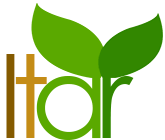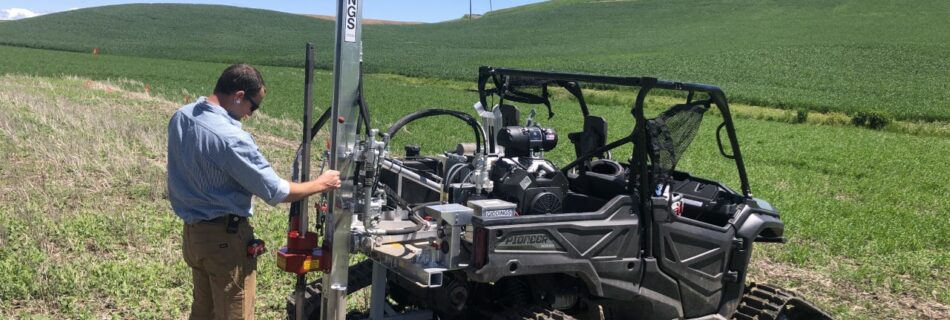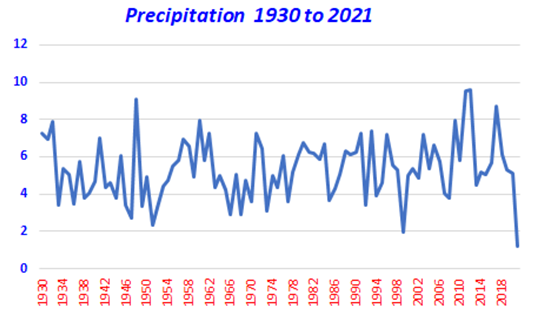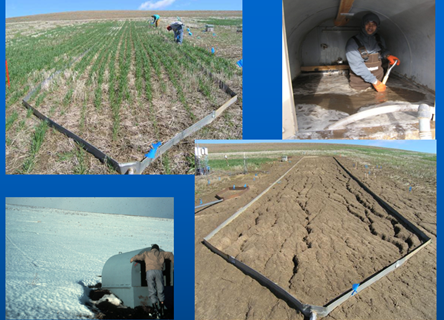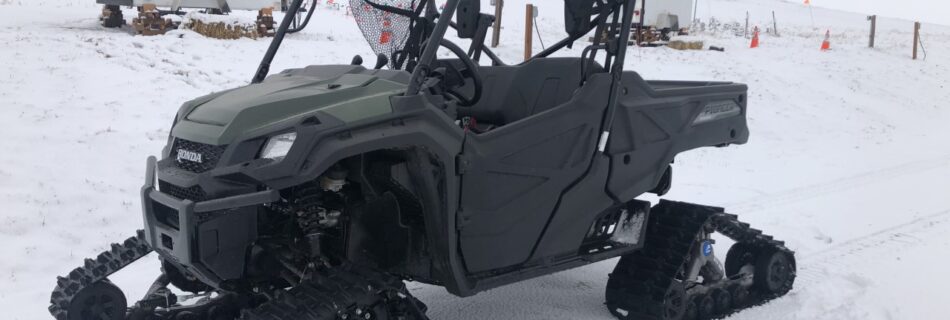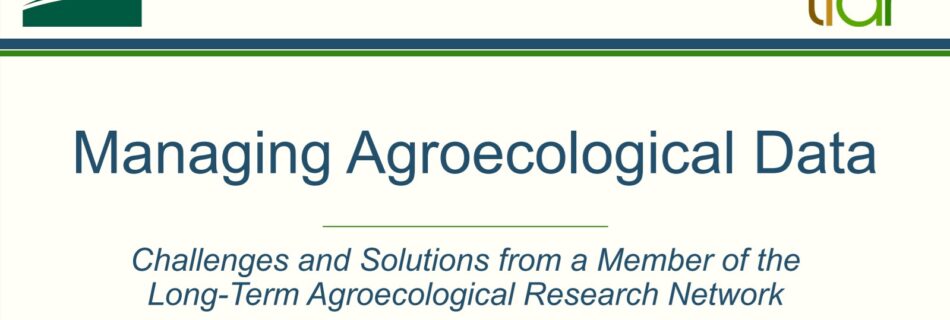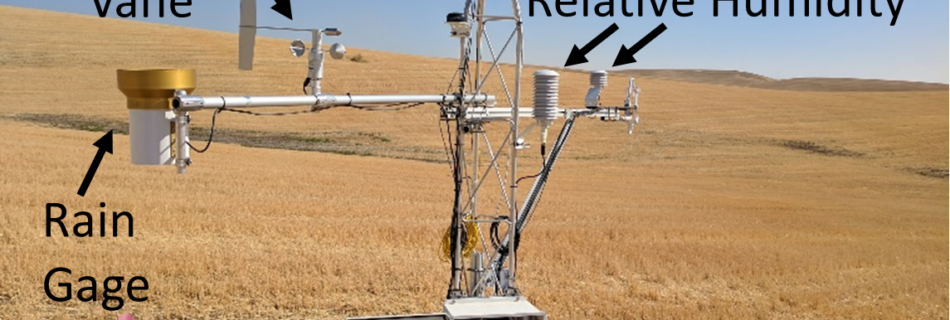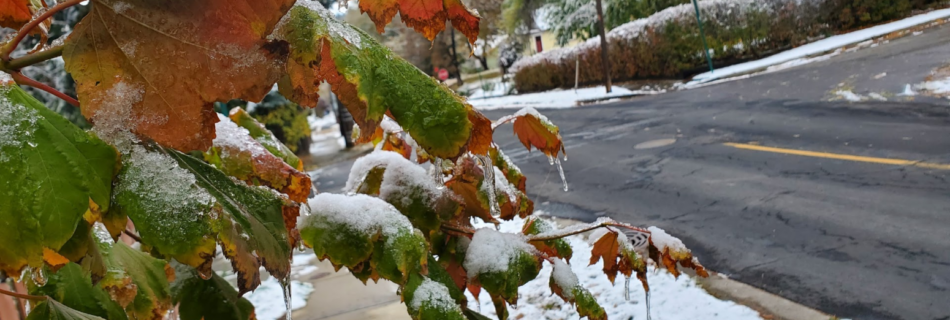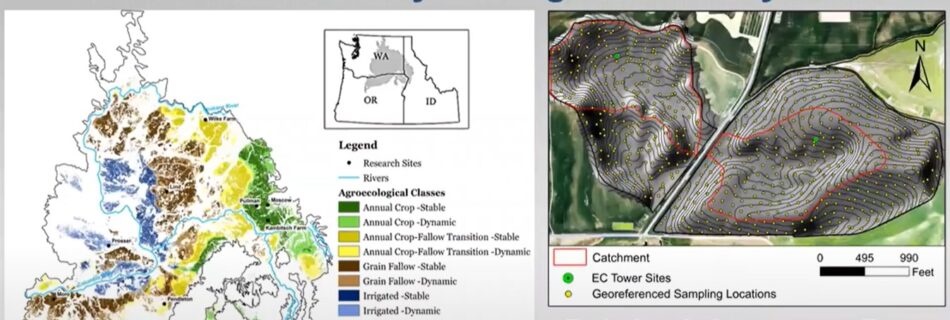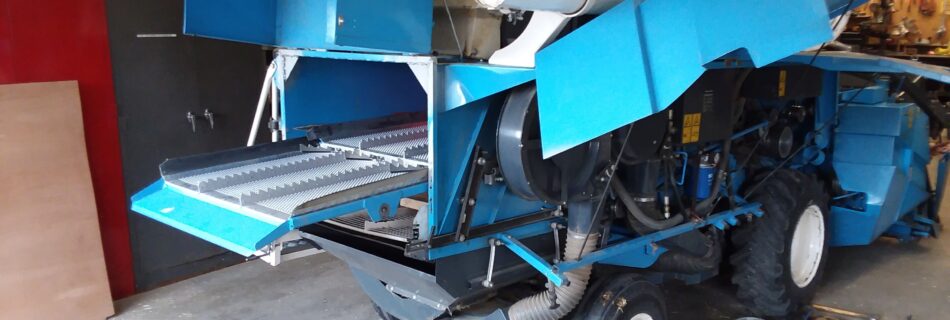Adapting to the Landscape in Research Instead of Altering Your Research for Sampling Methods
In Part 1 of 2, we got a few hints of what was to come in Part 2. I know you all have been in suspense! LOL… After working with one of the leading hydraulic soil sampling companies in the US, tapping local expertise on fabrications, and smashing more knuckles and kneecaps than we would …
